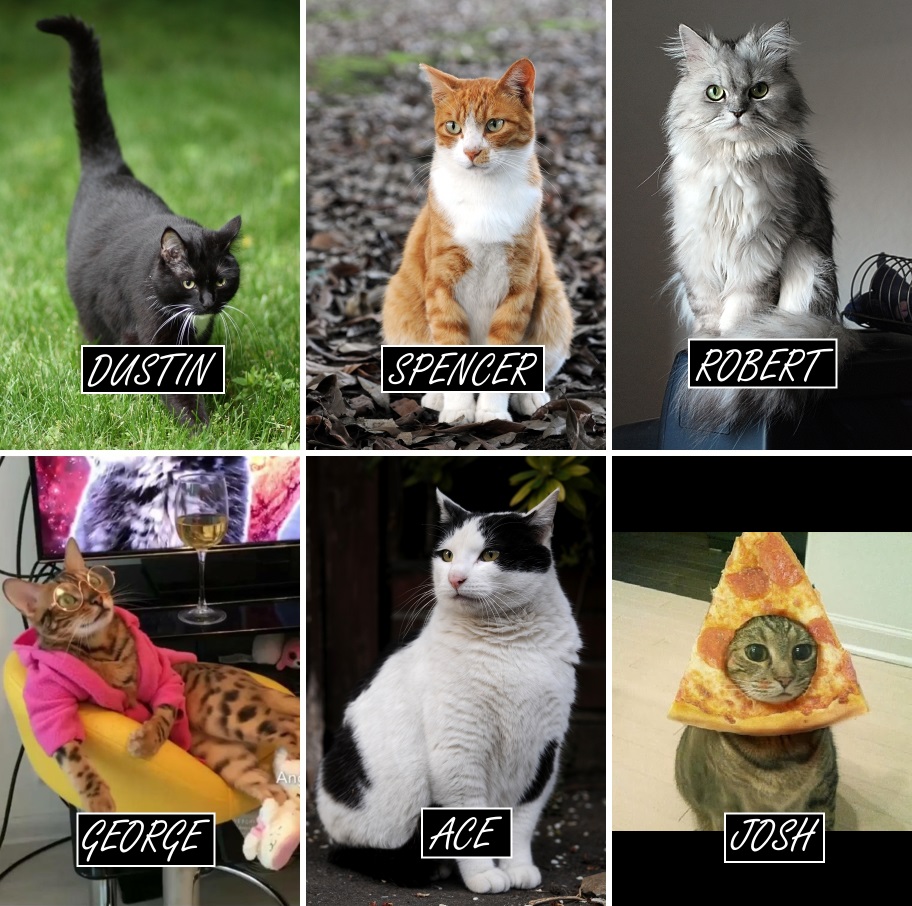Project Objective
Deliver an instrumentation device that is capable of measuring lift and drag forces of varying airfoil geometries and speed as well as documentation for running CFD simulations using STAR CCM+ to VMS.
Team

The project team is
Customer/Market Requirements
The primary and secondary requirements for this project are as follows:
Gives Accurate Measurements
- Gives accurate measurements of lift and drag forces
- Uses digital measurements
- Results from the tool can be scaled up accurately
- Measurements have good resolution
- Measurements are repeatable
- Easily controllable experimental conditions
Is Transportable
- Is able to be transported in and out of VMS lab easily
- Is lightweight
- Has a small footprint for storage in VMS lab
Has Convenient Setup and Use
- Easy to change airspeed
- Easy to change airfoils
- Easy to collect data
- Plug and play
- Quick to complete one test
Has Clear Instructions
- Step by step instructions for running experiment
- Step by step instructions for CFD analysis
- Data acquisition code documentation
- Clear device documentation
Is Durable
- Built out of sturdy materials
- Parts have a long lifespan
- Parts are easily replaceable
Is Serviceable
- Parts can be replaced easily
- Parts and equipment do not require extensive serviceability
- Components can be disassembled easily
Current Design
The current design is a car roof-rack mounted instrumentation device for measuring lift, drag, and airspeed of a test airfoil at various angles of attack. An image of the current CAD model is shown below. The subsystems of this design are described in detail here.

Force Balance
The force balance works by isolating lift and drag forces into component loads in the vertical and horizontal directions. Individual members of the force balance transfer those forces to load cells that output a voltage differential proportional to the applied loads. When properly calibrated, a force balance allows users to translate the voltage differential into digital lift and drag forces generated by physical geometries across a range of fluid speeds.

Airspeed Sensor
The airspeed sensor works by using Pitot tubes to translate a pressure differential caused by moving through a fluid into a velocity. This is important in order to get an accurate measurement of the airspeed over the test wing for calculations.

Data Acquisition
The data will be collected to a Raspberry Pi model 3B using a python script. Currently a program is written that will take collected data to a CSV file and display current data on a touch screen that has a GUI. This GUI will be used to input a filename to save to, record the angle of attack for the current test, start the program using graphical buttons, and display the current values for lift, drag and velocity. An image of this GUI is shown below.

Mounting Structure
The purpose of the instrumentation chassis is to house the force balance and Pitot tubes, along with any other accessories that could be necessary. Weight will be minimized to reduce stress on the mounting system by the material choice and simplistic design. The chassis is currently planned to be designed using 80-20 extruded aluminum bar stock, shown below. The mounting system for attaching this frame to a car will be a stock Yakima roof rack set that utilizes a universal clip system called the Q tower system for naked car roofs.

Outcomes
The list of deliverables to be given to the client, Viking Motorsports, in June 2018 is as follows.
- A physical validation tool for aerodynamic testing
- Vehicle mounting for the physical validation tools
- Documentation for the physical validation tool
- Integrated control systems and data acquisition
- Computational fluid dynamics (CFD) documentation and tutorials
- Baseline data with regards to live tests complete by the project group